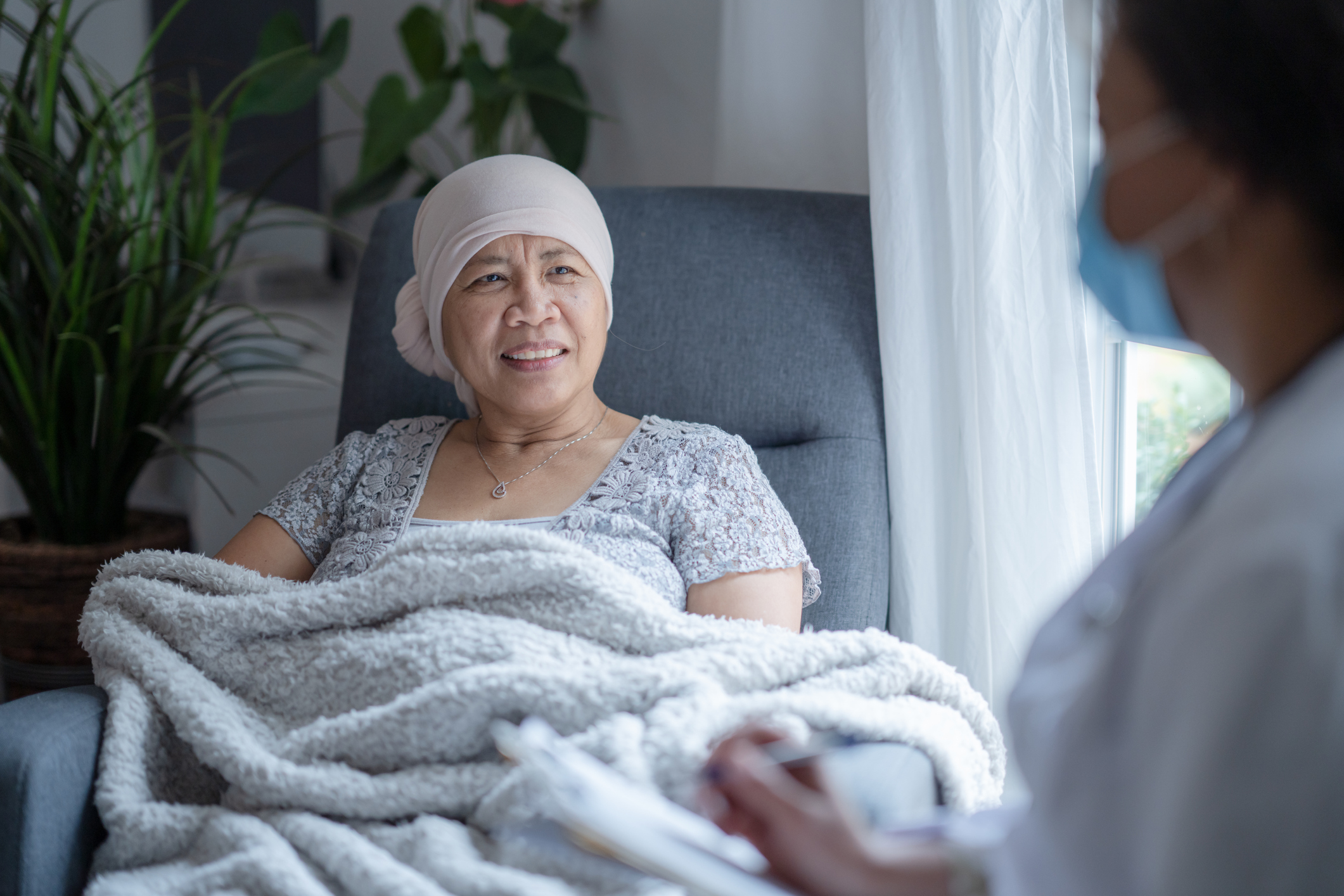HOSPICE CARE
2100 Raybrook SE, Suite 300
Grand Rapids, MI 49546
Reception: (616) 235 - 5100.
TRILLIUM WOODS
8214 Pfeiffer Farms Dr SW
Byron Center, MI 49315
Reception: (616) 356 - 4820.
PALLIATIVE CARE
2025 E. Beltline SE, Suite 200
Grand Rapids, MI 49546
Reception: (616) 235 - 5101.
BEREAVEMENT
2100 Raybrook SE, Suite 300
Grand Rapids, MI 49546
Reception: (616) 235 - 5122.

